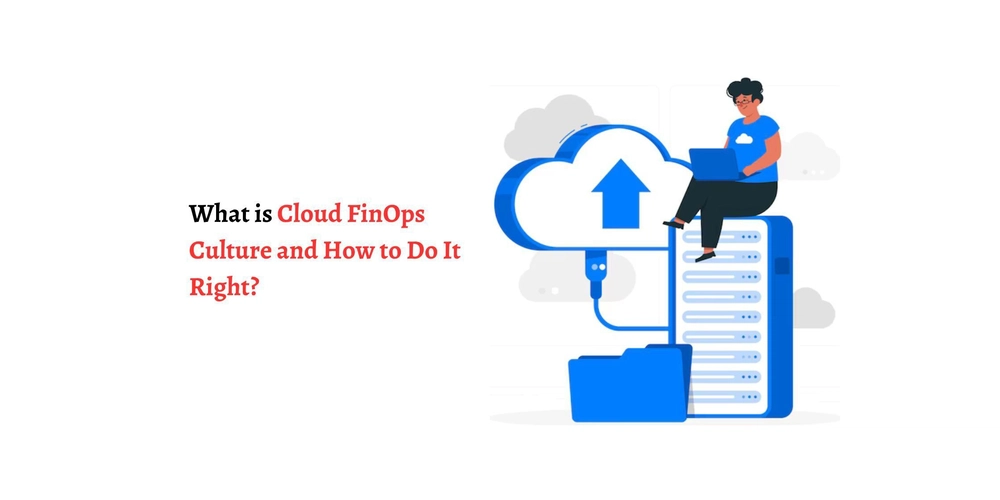Python’s Execution Model – Bytecode, PVM, and JIT Compilation
Python is often described as an interpreted language, but there's more going on under the hood. Unlike purely interpreted languages, Python compiles source code into bytecode, which is then executed by the Python Virtual Machine (PVM). Understanding this execution model helps developers optimize performance, debug effectively, and write more efficient Python programs. In this post, we’ll explore: ✅ How Python source code is executed ✅ What bytecode is and why it matters ✅ The role of the Python Virtual Machine (PVM) ✅ How Just-In-Time (JIT) compilation can improve performance 1️⃣ From Source Code to Execution: Python’s Execution Model ✅ The Three Main Steps in Python Execution Source Code (.py file) – The Python script you write. Compilation to Bytecode (.pyc files) – Python converts source code into an intermediate format called bytecode. Execution by the Python Virtual Machine (PVM) – The PVM reads the bytecode and executes it line by line.

Python is often described as an interpreted language, but there's more going on under the hood. Unlike purely interpreted languages, Python compiles source code into bytecode, which is then executed by the Python Virtual Machine (PVM). Understanding this execution model helps developers optimize performance, debug effectively, and write more efficient Python programs.
In this post, we’ll explore:
✅ How Python source code is executed
✅ What bytecode is and why it matters
✅ The role of the Python Virtual Machine (PVM)
✅ How Just-In-Time (JIT) compilation can improve performance
1️⃣ From Source Code to Execution: Python’s Execution Model
✅ The Three Main Steps in Python Execution
Source Code (.py file) – The Python script you write.
Compilation to Bytecode (.pyc files) – Python converts source code into an intermediate format called bytecode.
Execution by the Python Virtual Machine (PVM) – The PVM reads the bytecode and executes it line by line.











































































































































































![[The AI Show Episode 142]: ChatGPT’s New Image Generator, Studio Ghibli Craze and Backlash, Gemini 2.5, OpenAI Academy, 4o Updates, Vibe Marketing & xAI Acquires X](https://www.marketingaiinstitute.com/hubfs/ep%20142%20cover.png)




























































































































![[DEALS] The Premium Learn to Code Certification Bundle (97% off) & Other Deals Up To 98% Off – Offers End Soon!](https://www.javacodegeeks.com/wp-content/uploads/2012/12/jcg-logo.jpg)


![From drop-out to software architect with Jason Lengstorf [Podcast #167]](https://cdn.hashnode.com/res/hashnode/image/upload/v1743796461357/f3d19cd7-e6f5-4d7c-8bfc-eb974bc8da68.png?#)








































































































.png?#)

































_Christophe_Coat_Alamy.jpg?#)
 (1).webp?#)





































































































![Apple Considers Delaying Smart Home Hub Until 2026 [Gurman]](https://www.iclarified.com/images/news/96946/96946/96946-640.jpg)
![iPhone 17 Pro Won't Feature Two-Toned Back [Gurman]](https://www.iclarified.com/images/news/96944/96944/96944-640.jpg)
![Tariffs Threaten Apple's $999 iPhone Price Point in the U.S. [Gurman]](https://www.iclarified.com/images/news/96943/96943/96943-640.jpg)




































































































































